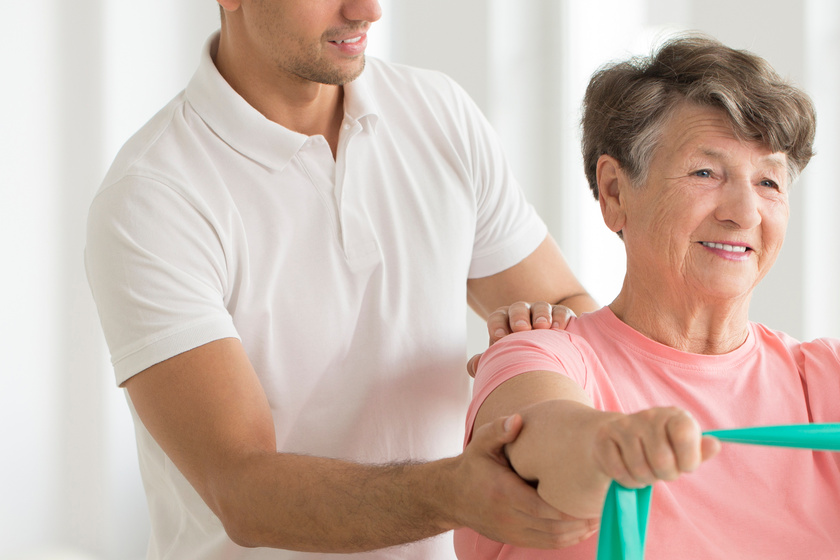Scoliosis is one of the common back problems affecting seniors and a common cause of both breathing disorders and back problems. The severity of scoliosis is from mild to very severe, the latter of which can be life-threatening. Scoliosis is a common cause of back pain, and exercise is usually prescribed to reduce this pain effectively. For effectiveness, the exercise has to reduce the risk to the individual while allowing them to reap the benefits of working out.
The disorder known as scoliosis causes the spine to bend laterally. The backbone of a person with scoliosis curves to one side. A similar side twisting of the rib cage is possible and can cause breathing problems. An estimated 6 to 9 million Americans are affected by scoliosis. Scoliosis may affect anybody, although children over 11 are more likely to develop it. Older adults can get scoliosis from several factors, including involvement in accidents, back surgery, spine infections, the process of aging itself, medication that results in spine weakness, bone disorders, and connective tissue abnormalities. Some of the exercises that can reduce the pain of scoliosis in older adults without causing them undue pain or resulting in exacerbation of the condition include:
Pelvic Tilts
Pelvic tilts help stretch and tighten the lower back and hip muscles. To do this exercise, lie on your back with your knees folded and your feet firmly planted on the ground. Tighten your stomach while at the same time flattening your back against the floor. Hold this position for five seconds, then release. Attempt to do two sets of 10 repetitions of this.
Cat-Cow Exercises
This is technically a yoga pose but can be taken as an exercise to help the spine and knees remain flexible and pain-free. To do the cat-cow, put yourself in an all-fours position to begin, with your back being level and your neck and head being comfortable. Proceed to inhale while arching your back and drawing in your abdominal muscles simultaneously. Do this slowly, then drop your back, release your abdominal muscles and let your belly fall, all while lifting your head and exhaling.
Latissimus Dorsi Stretch
The latissimus dorsi is the largest muscle in the upper body. Scoliosis places much pressure on these muscles, which could cause fatigue, pain, and tightness of the muscle group. Doing a stretch of the muscle regularly helps reduce this pain. This stretch involves standing in a neutral position with your feet together, then slightly bend your knees and reaching over your head to grab your right wrist with the opposite hand. At the same time, turn slightly towards the right until you feel your left side stretching. Hold this position for a breath or two, then repeat with the opposite side. Complete two sets of 10 repetitions of this exercise.
The goal of becoming comfortable with scoliosis as an older adult is making sure that you pick an exercise that is gentle enough for you but intense enough to ensure you get the right amount of exercise. Consistency is vital; doing these exercises regularly will go a long way in reducing the effects of scoliosis in the long run.







